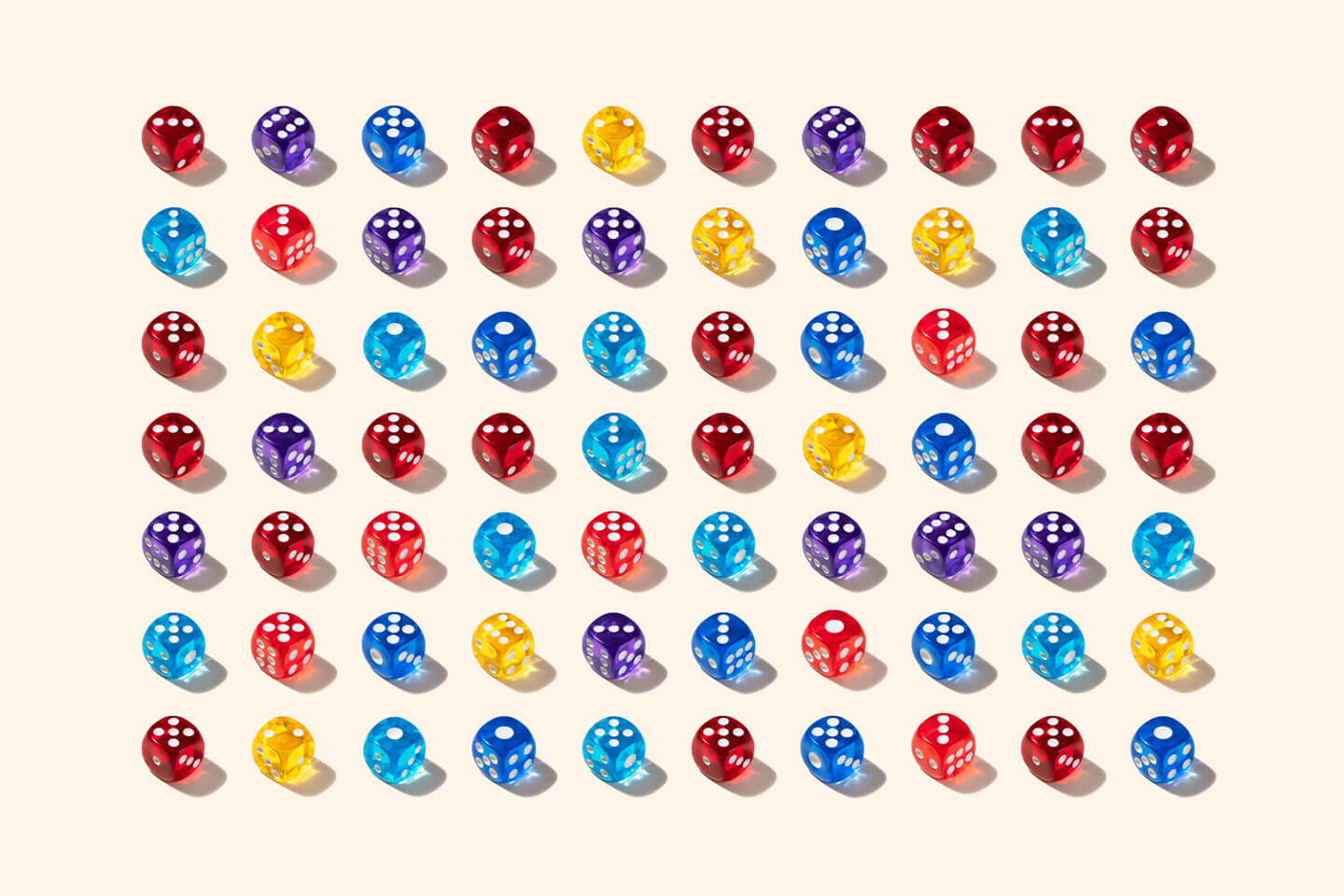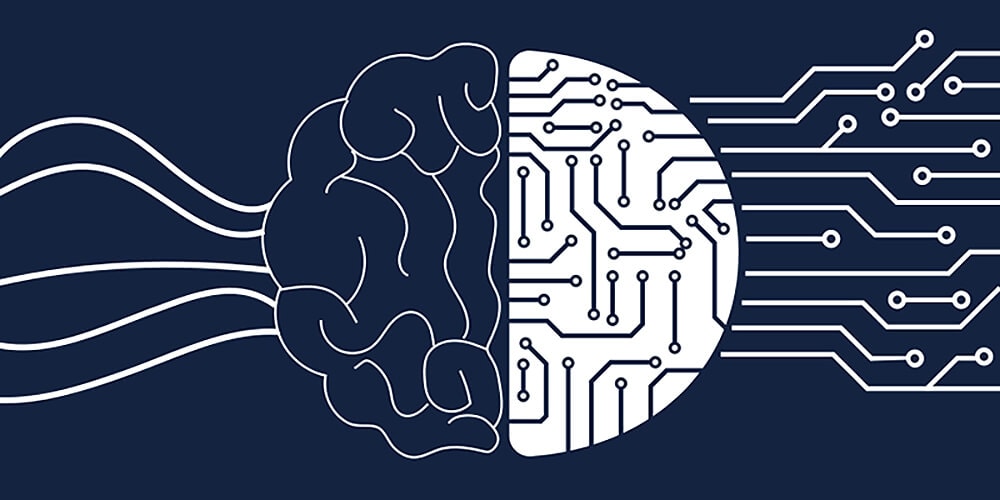At Pearson we take pride in enriching and transforming our courseware to be purpose-built for learning. At the heart of our innovation are our partnerships: with trusted authors and with students. We’re passionate about student success, and to ensure their success we listen to and incorporate the student voice. To shed light on how we do this, Ben Piercy, a Product Marketer at Pearson, shares insights on the transformative impact of engaging students.
Q: Why does Pearson prioritize hosting student focus groups?
A: Having a pipeline and access to students helps give us a pulse on what's going on in the campus life to both instructors and students. We are able to understand, empathize, and forecast product solutions to help instructors teach and students to better learn and prepare for careers after college.
What's even cooler is that when students see that their opinions matter, they become more invested. It's not just a transaction anymore; it's a partnership. They become advocates, telling their friends about how their feedback led to real changes. That's like marketing gold right there, but more importantly, it's a testament to the power of involving our users in the process.
Q: How does hearing the student voice contribute to the overall improvement of our products?
A: Again at the heart of it all, they're the ones who are using our tools as well as competitors and technology and apps outside of higher ed. Day in and day out, they navigate the ins and outs, and really experiencing firsthand what works and what could use a little tweak, how can we be different from competitors or what cool new app feature we need to think about building into our products- That's where the student voice comes in, and let me tell you, it's like gold for us. They are not just our users or customers – we think of students as co-creators.
Q: What specific aspects of student feedback are you looking to gather through the focus groups?
A: Whether it's through focus groups, surveys, or product testing, we're getting an inside look into their world. We get to hear about their "Aha!" moments, the times when they felt the product really hit the mark. But we also get to hear about the times when things didn't quite click, the frustrations they faced, or the features they wished were there to make their education and learning experience better.
Q: Can you share examples of how insights from focus groups have influence product development or marketing strategies?
A: Sometimes, they come up with ideas we hadn't even thought of. It's like a brainstorming session where the students are the experts – they know exactly what they need to succeed in their academic journey. It's like having a secret weapon in our quest to create amazing products.
When we were in the discovery phase of developing our Freehand Grader feature, we needed to understand student benefit of being able to complete handwritten homework and upload back to the platform. Through journey mapping exercise with a variety of students we uncovered multiple pain points in which we were able to solution for our MVP launch.
Every year there are new features and enhancements to our platform. We try to map out the best ways to communicate to students the new learning content and study tools they have access to. Last year we were able to journey map with a focus group to determine that fall back to school was a very chaotic time in students' lives. They are balancing getting back on campus, work schedules, social activities, sports clubs, friends and of course school. We found that a more targeted message a month after their start date was the perfect time to include messaging to help them utilize new features for upcoming tests.
Q: How does incorporating student feedback through these focus groups contribute to creating a more student-centered and inclusive learning environment?
A: Our goal is to make sure no student feels left out, unheard, or unseen. By inviting diverse voices into these focus groups, we're giving students from various backgrounds, abilities, and experiences a platform to share their perspectives. This is how we ensure that our products are not only effective but also welcoming and respectful of everyone's individuality.
Think about it – students bring their own stories, challenges, and strengths to the table. By listening to their stories, we can identify areas where our products might unintentionally create barriers or exclude certain groups. This awareness empowers us to make informed decisions that promote inclusivity and accessibility, creating a learning environment where every student feels valued and empowered.
Moreover, when students see that we genuinely care about their input, it fosters a sense of belonging. They become active participants in shaping their own educational experience, which boosts their engagement and motivation. It's like giving them a front-row seat in the classroom of product development.
By incorporating student feedback, we're teaching a valuable lesson – that their voices matter, not just in the realm of education but in the wider world too. It's a real-world application of the power of communication, collaboration, and critical thinking. These are skills that go beyond the classroom and empower them to be active, confident participants in society.
Q: Can you elaborate on how involving students in the decision making process helps address their unique needs and challenges within higher education?
A: Students higher education journey isn't a one-size-fits-all journey. Each student has their own story, from juggling work and studies to navigating virtual learning environments or managing financial constraints. By involving them in decisions, we're essentially customizing our offerings to suit their unique circumstances.
Think about a puzzle – each piece is essential to complete the picture. Similarly, each student's perspective is crucial for us to paint a comprehensive picture of their needs. When they share their challenges, we gain a clearer understanding of where the roadblocks are. Maybe it's a technology hiccup that's causing frustration or a lack of resources that's hindering their progress. Armed with this knowledge, we can develop solutions that directly address these pain points, making their educational journey smoother.
In essence, involving students in decision-making is a two-way street. It's about them guiding us toward solutions that address their real-world challenges, and it's about us empowering them to take an active role in shaping the educational experience they deserve. It's a partnership that not only enhances their learning but also enriches the higher education landscape as a whole. Just like a skilled navigator, their insights lead us to uncharted territories of understanding, empathy, and meaningful change.
Q: How do you measure the effectiveness of the insights gained from student focus groups in terms of product success?
A: We dive into the numbers, the quantitative metrics. Are more students using the variety of tools and features we tweaked based on their suggestions? Are they spending more time on certain places within the platform? These are like little indicators that tell us we're on the right track, that our changes are resonating with them.
But it's not just about crunching numbers. We're all about the human touch, too. We ask for direct qualitative feedback through user satisfaction surveys, focus groups, and student testimonials. It's like asking, "Hey, how are we doing?" And when we see a spike in positive responses or heartfelt testimonials mentioning how a specific improvement made their lives easier, that's a thumbs-up that we're hitting the mark.
Think of it as a ripple effect – those insights from students can lead to innovative features. And when users start adopting these features and telling their friends about them, it's like watching the ripples spread in a pond. That's the kind of impact we're after.
You know, we also look at the bigger picture. Did the changes we made align with our product goals? Did they give us an edge in the competitive landscape? These are like checkpoints that help us see if the insights are steering us in the right direction.
In a nutshell, we're like detectives, piecing together clues from different sources – numbers, feedback, alignment with objectives – to see if the insights gathered from student focus groups are translating into a product that students love and find incredibly valuable. It's a journey that's both exciting and rewarding, and the students' voices are our compass guiding us to success.
Q: What steps does Pearson take to ensure that the feedback collected from focus groups is translated into actionable changes?
A: The product marketing team is the intersection of the entire business. We sit between sales, product management, marketing, customer success, and customer support. We are able to effectively communicate key market insights into product development roadmaps and create the positioning messaging that we utilize in strategic marketing campaigns.
In the ever-evolving landscape of higher education, the constant is the student voice. We recognize each shift in this space and turn to the student to develop platforms and tools that are adapted to them, purpose-built for their success.








